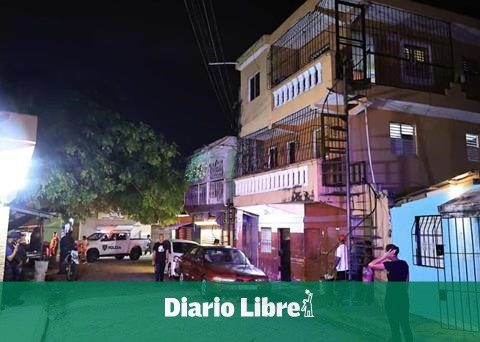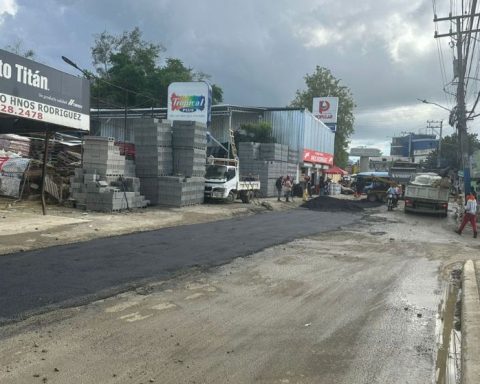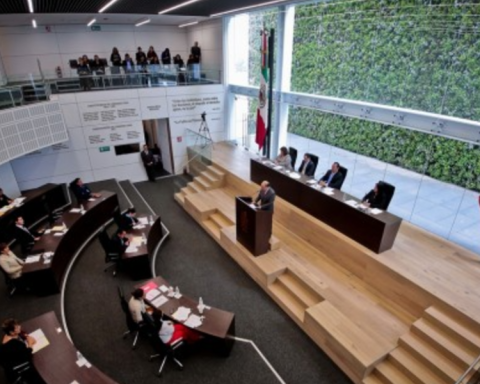The Dominican Republic and Haiti are the Caribbean countries who have experienced higher magnifications of the urbanization. In general, the region has shown an increase in terms of urbanization that has had repercussions on the environment.
The observation is made in a recent study published by the Economic Commission for Latin America and the Caribbean (ECLAC), which indicates that the urbanization in Dominican Republic went from 23.7% in 1950 to the 82.5% in 2020and in Haiti from 12.2% to 57.1%.
In the report “Economic Outlook for Latin America 2022: Towards a green and just transition”, it is indicated that since 1950 HE has doubled the percentage of people living in urban areas in Latin America and the Caribbean, with South America being the most urbanized region (84.6%).
Although the percentage is slightly lower in Central America (75.4%) and Caribbean (72.2%), the study indicates that they remain much higher than those of other developing regions, such as sub-Saharan Africa (41.4%) and South Asia (36.6%).
Development impact
“Caribbean has registered the largest increase in terms of urbanizationof a 36.3% in 1950 still 72.2% in 2020”, he observes. “The fast urbanization of the Caribbean has had direct repercussions on the environment. Most of the urban, industrial and commercial developments did not follow a sustainable urban design”.
“Activities -he adds-, including tourism and its infrastructure, have therefore contributed to the destruction of natural habitatlandscape transformation and coastal erosion”.
Warns that the residents and infrastructure of many metropolitan areas in Latin America and the Caribbean that experienced a rapid urbanization now face significant climate-related risks, such as floodplains or sloping land prone to landslides.
“It is expected that this type of risks increase in the future,” he says.
The Dominican Republic is one of the countries in the world most vulnerable to climate change.
















